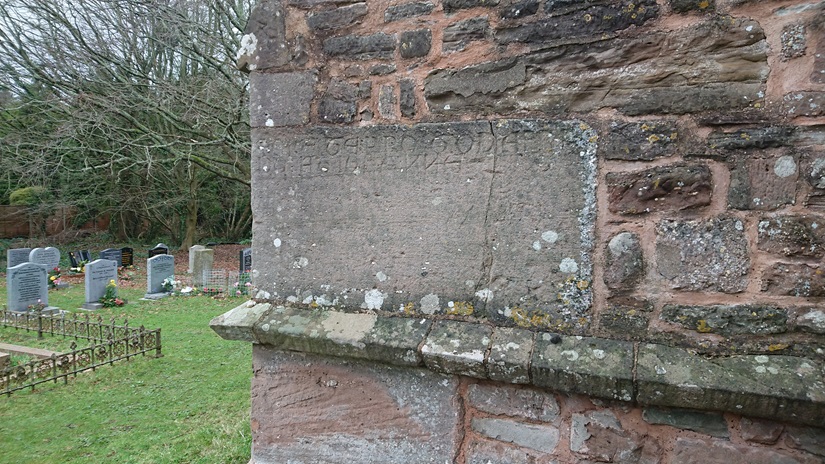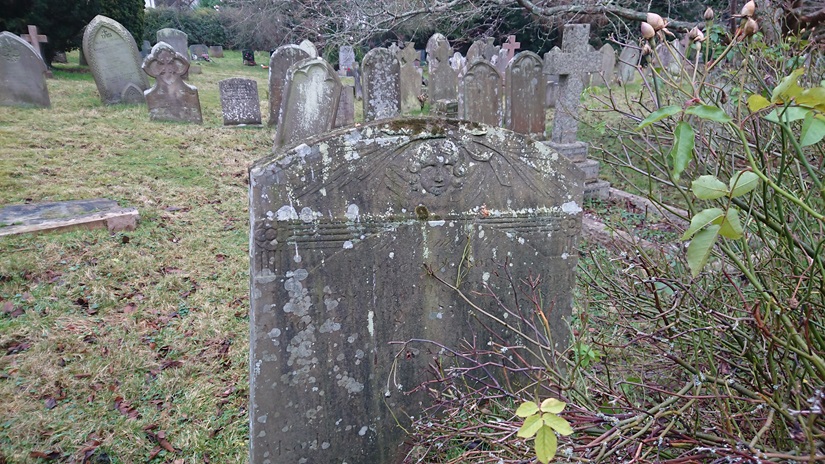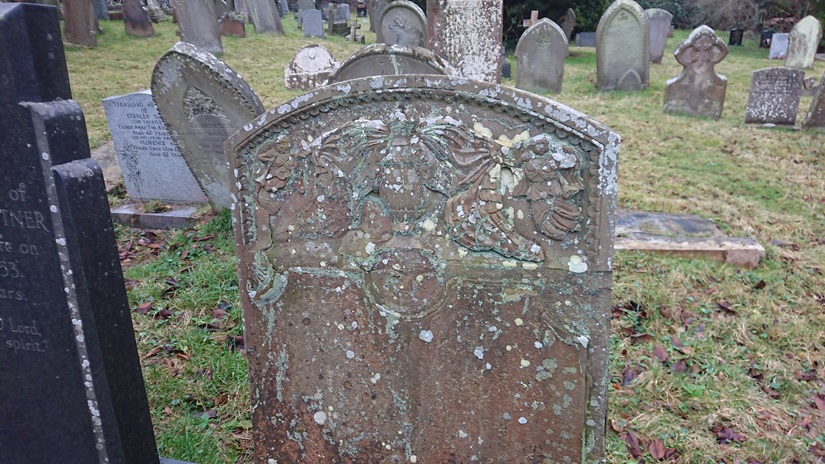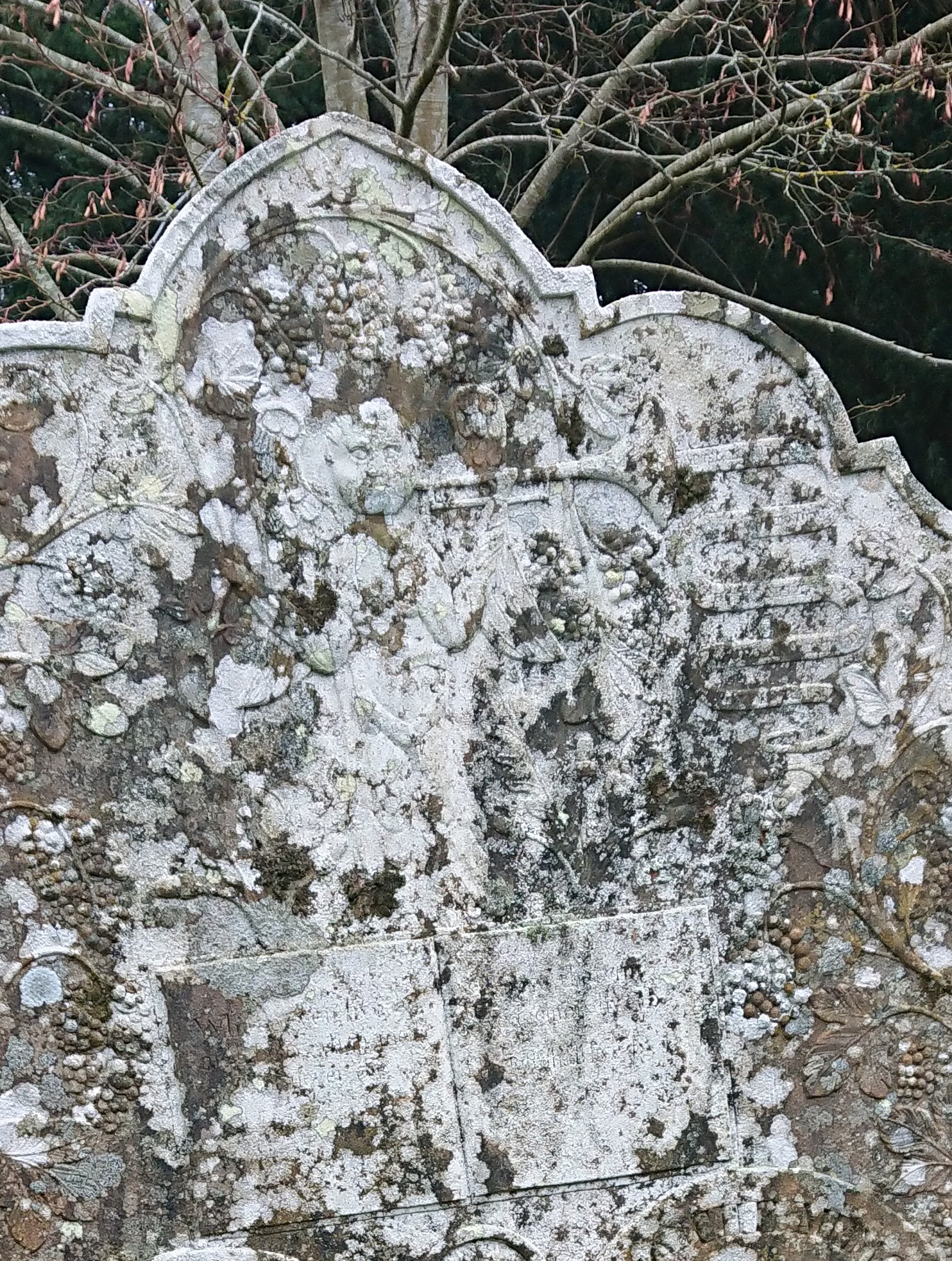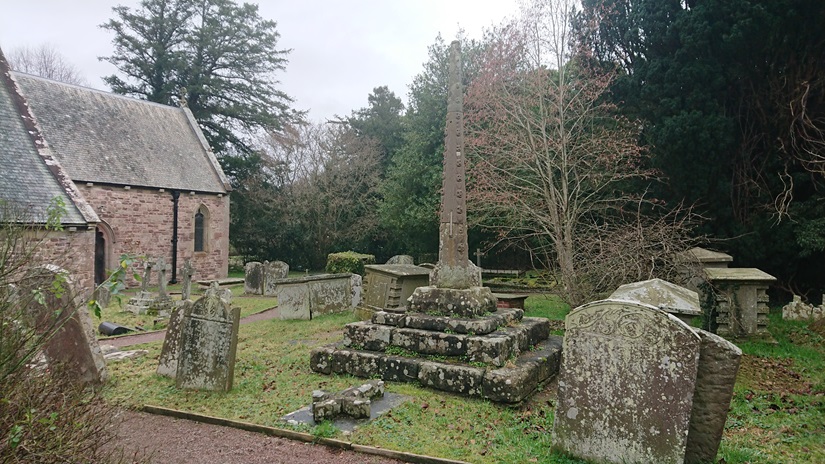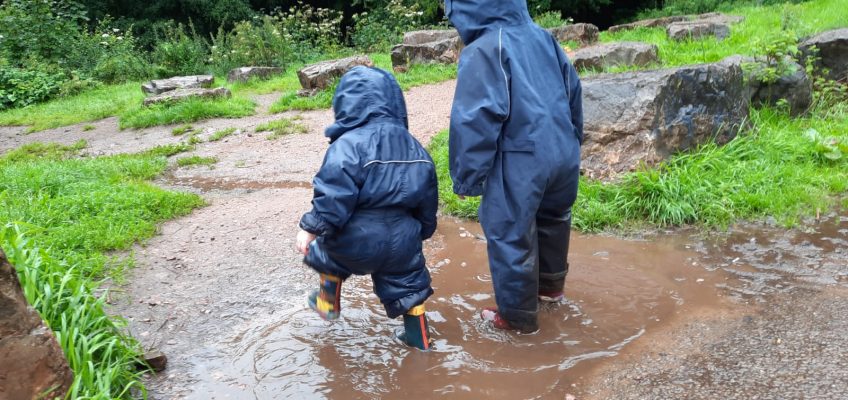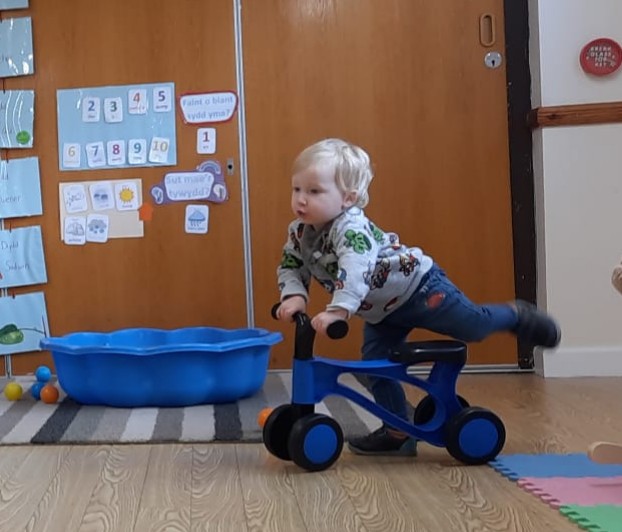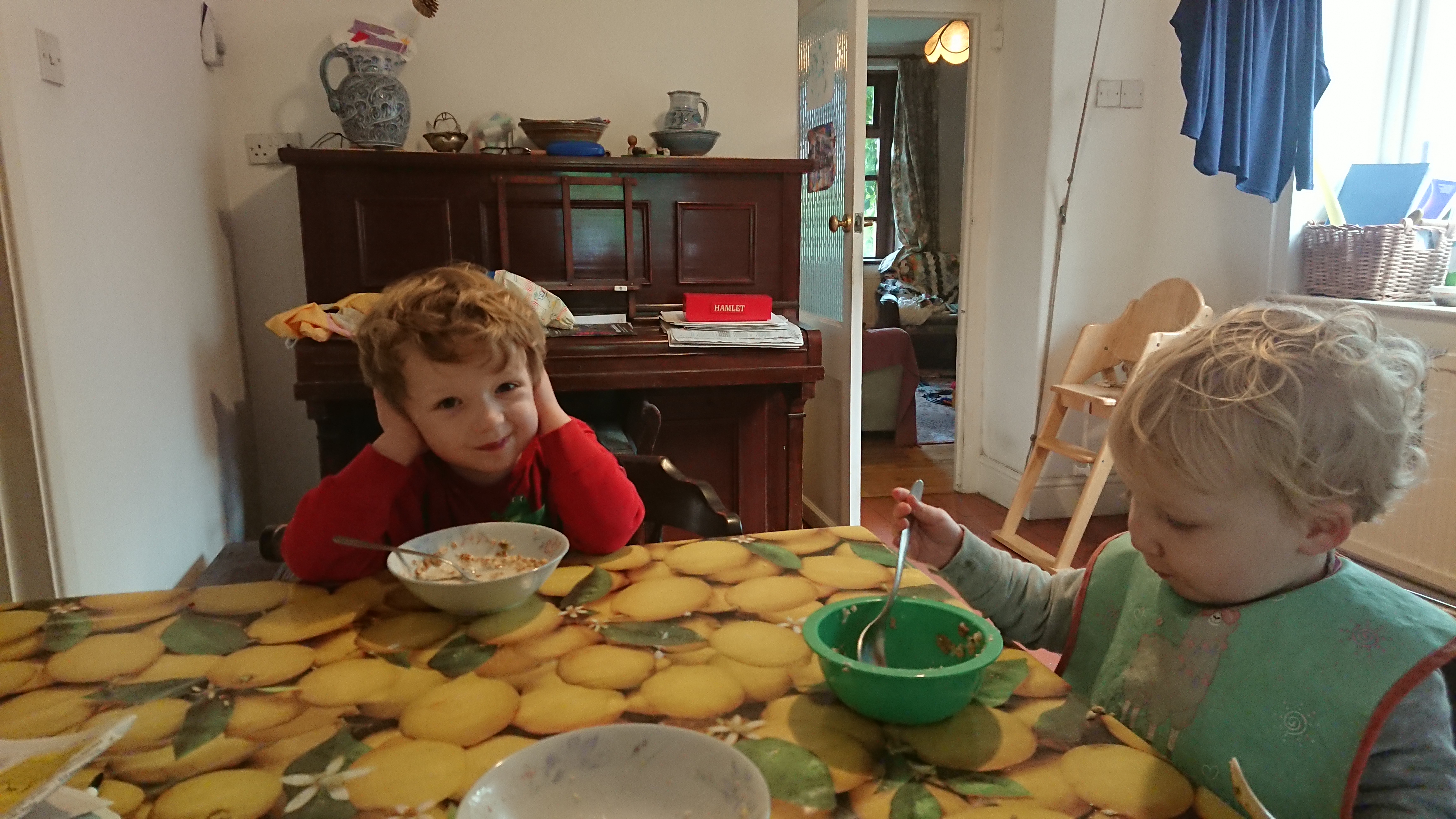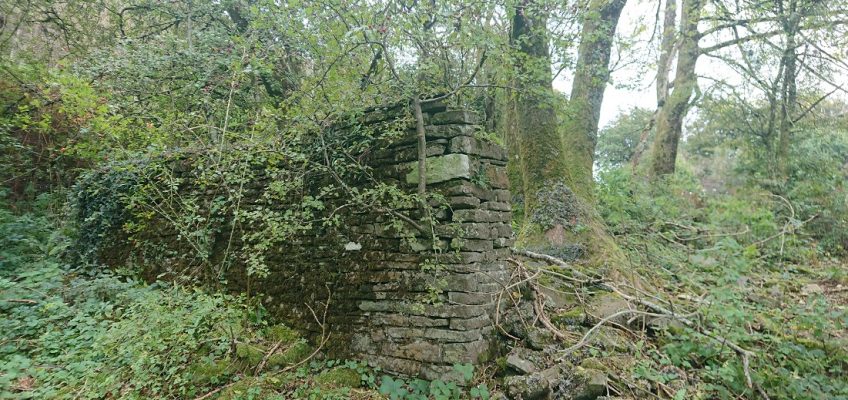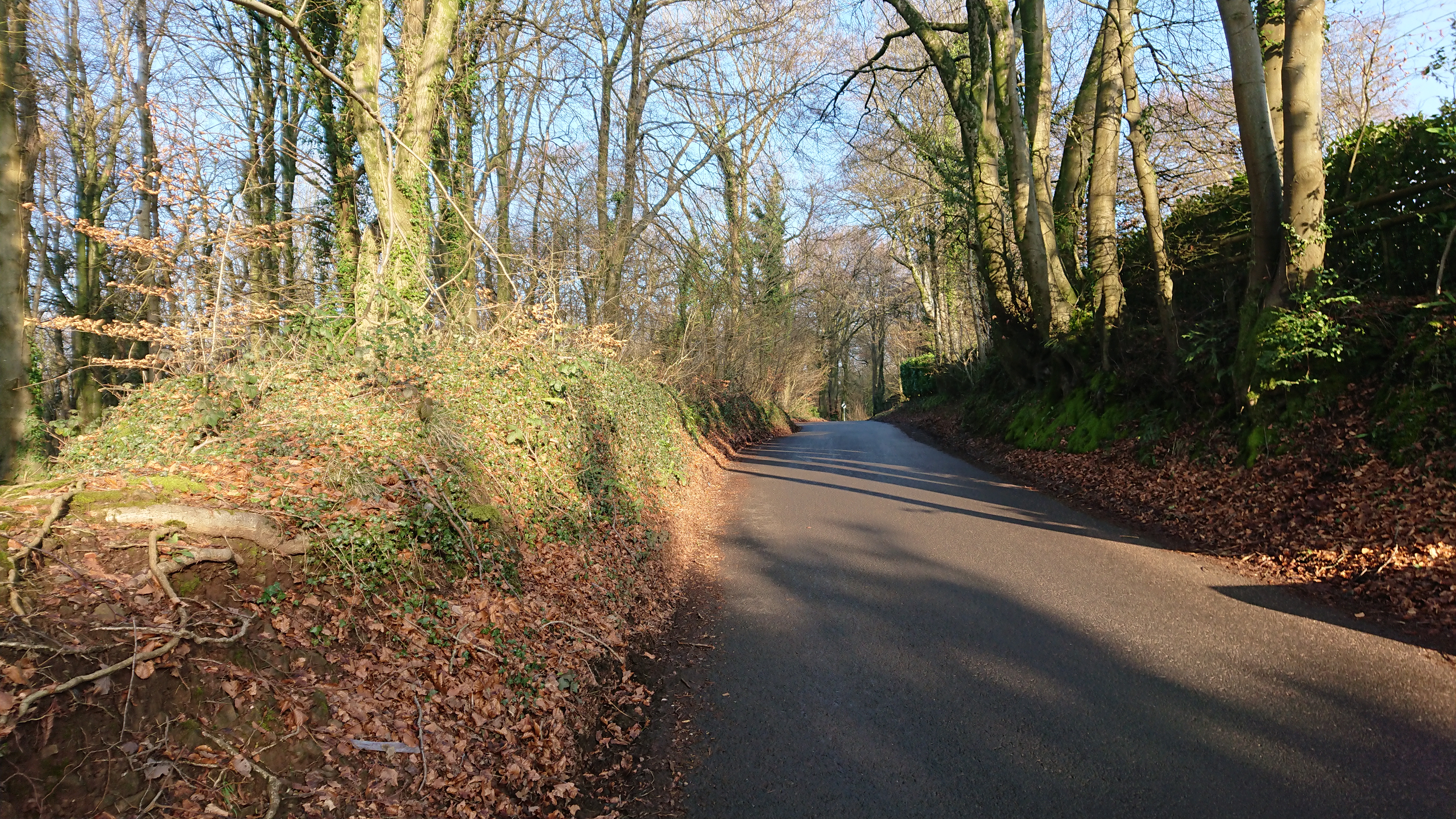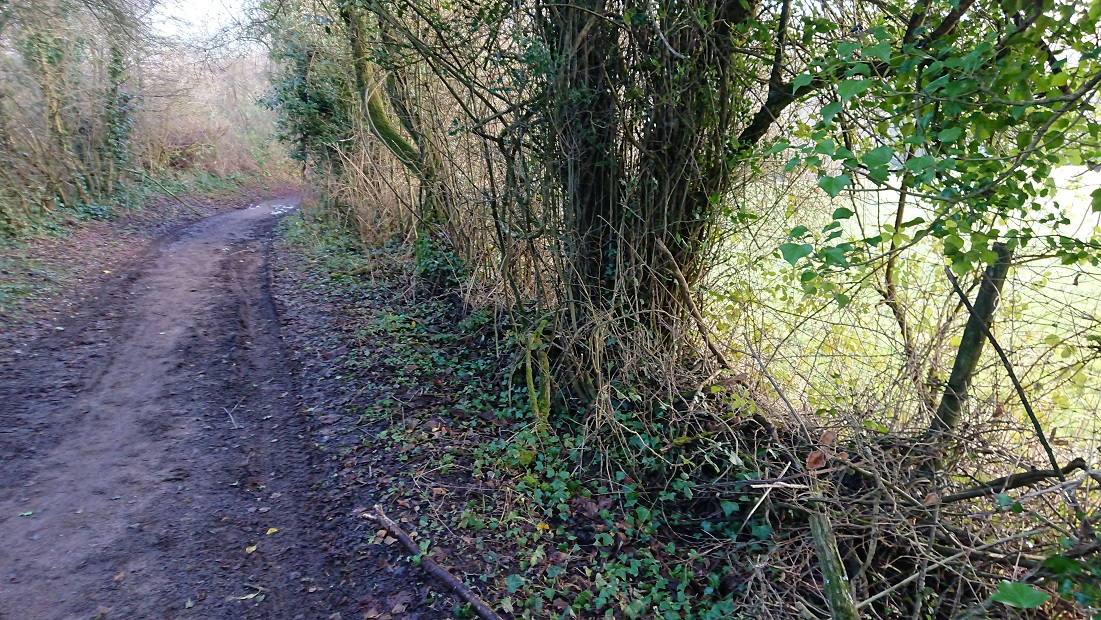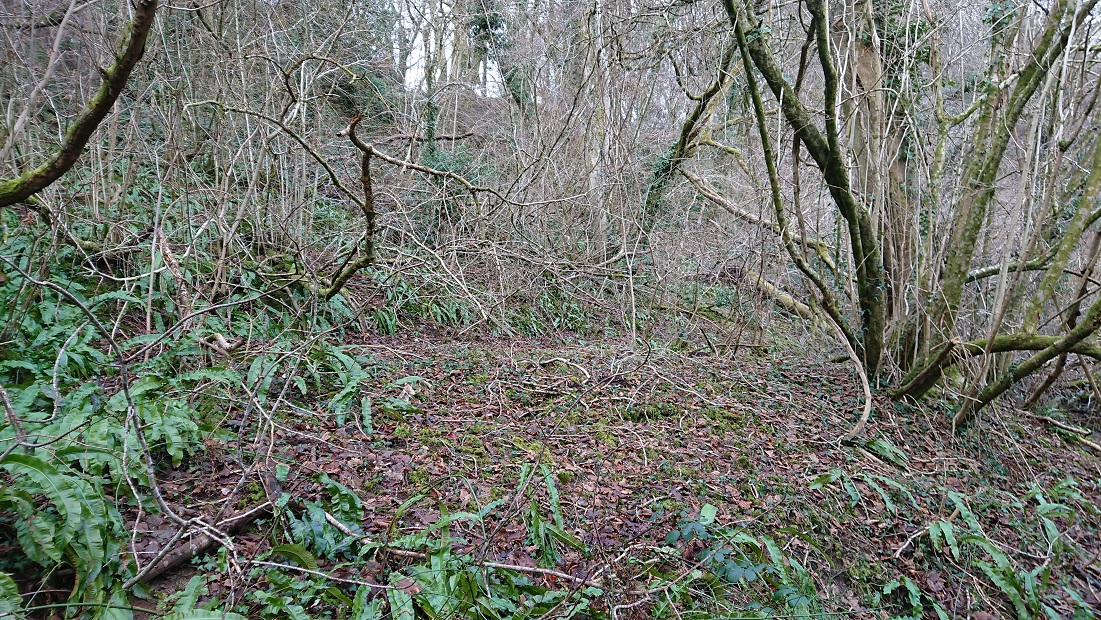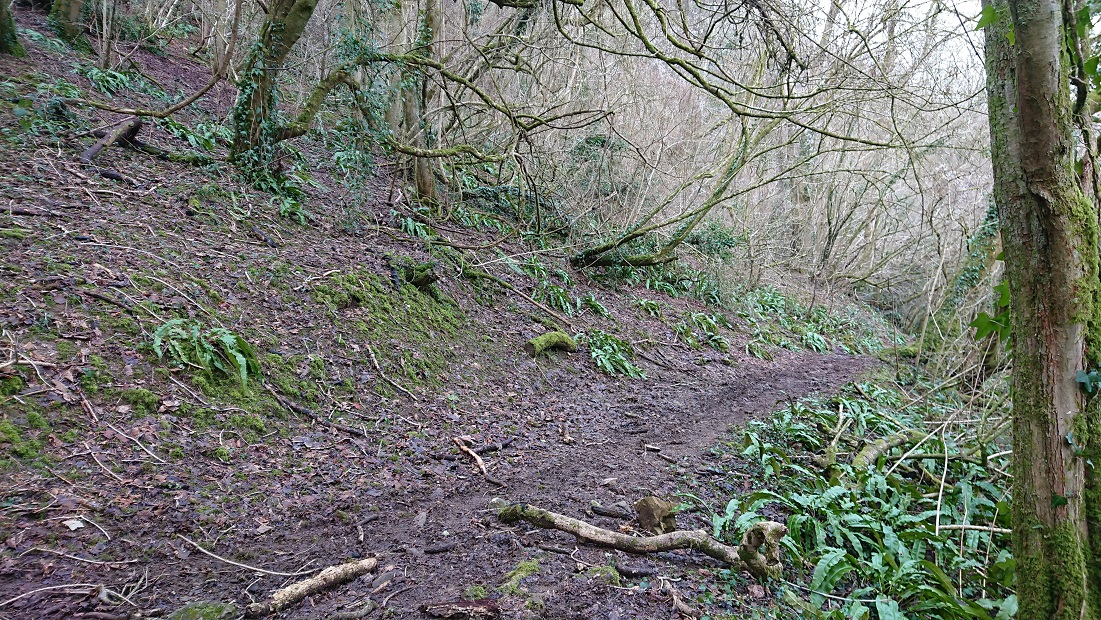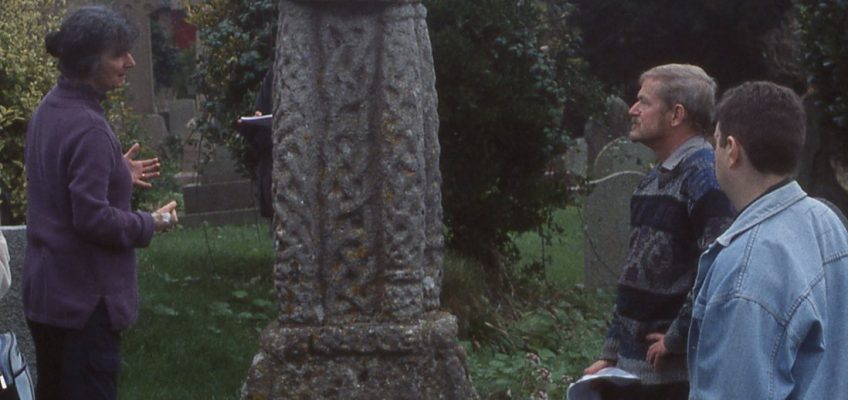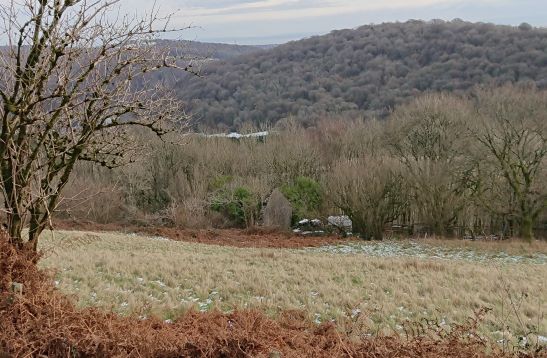The year began with Rachel, Sean and boys moving in while their kitchen was rebuilt and other work done. It was all great fun – here we are in early morning mode

But the job took a lot longer than expected and it was awkward getting the boys to school and Meithrin.
They are both growing, and all boy – interested in anything mechanical.
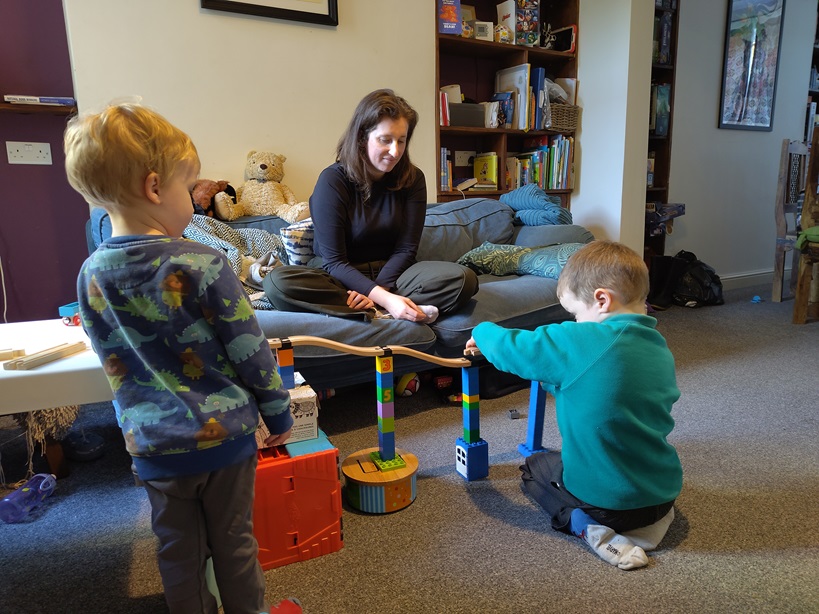

Seth also likes making bread (mainly so he can make currant buns and eat currants while I am not looking).

Ethan’s Meithrin folded in the summer (they couldn’t find find suitably experienced, Welsh speaking staff to cover a half day nursery) so we are back to looking after him 2 days a week. He loves Castell Coch – mainly so he can play with the big 3-D jigsaw.

Here he is feeding his breakfast to the animals from his toy ark.

I spent quite a bit of the summer in St Davids – having lectured 6 times on the tomb of Edmund Tudor (father of Henry VII) to different groups I think I might have got it right by now! Here it is in all its glory

But Edmund had quite a complicated journey to get here.
Then in November Rachel and I got to Bruges. It was magnificent – every where you look is lovely.



We climbed the belfry – 360+ steps but worth it
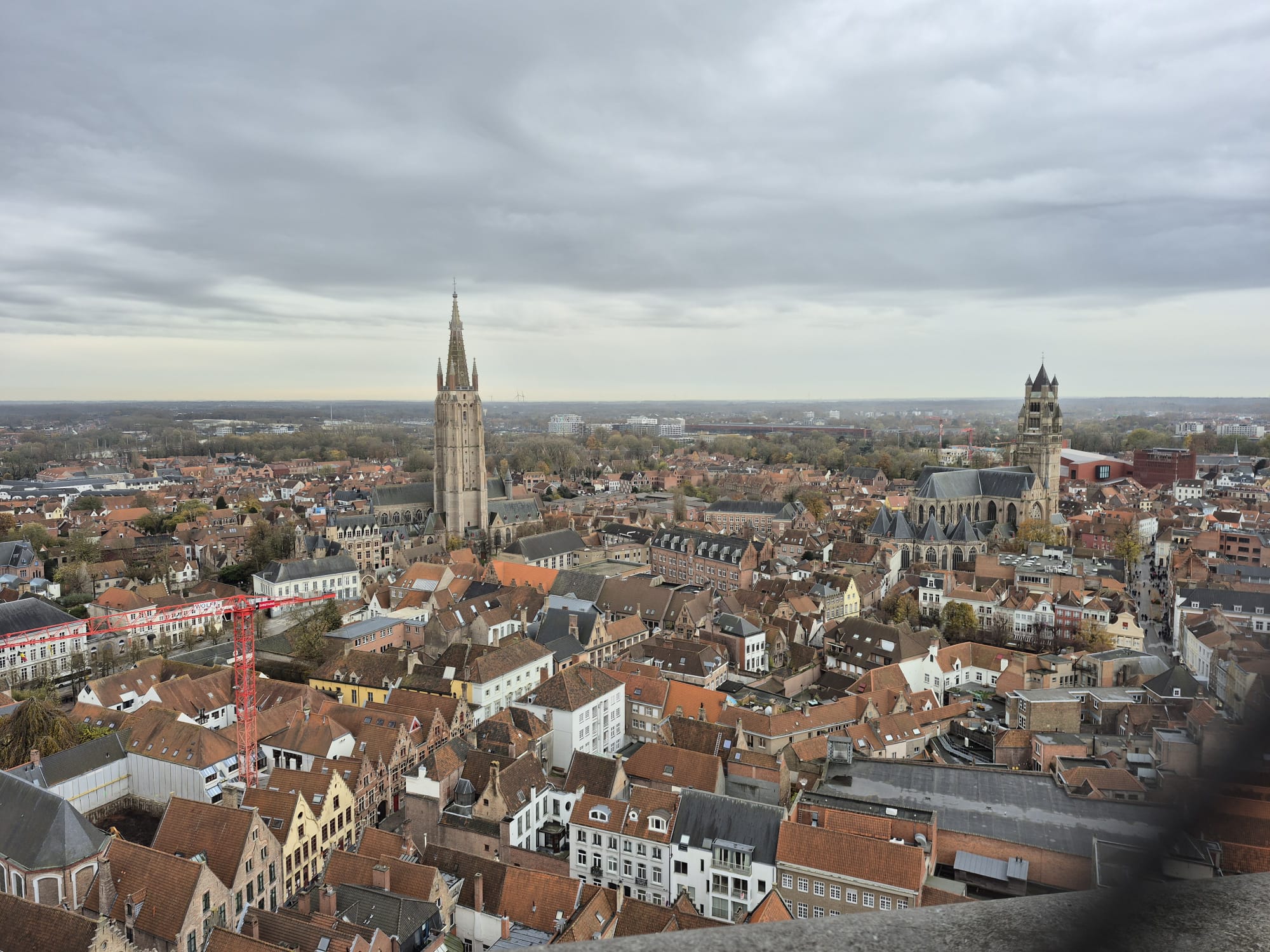
The other big news is that Sean has learned to drive. He took to it very quickly, passed first time, and it’s a great help.
Steve still isn’t quite back to where he was before the pandemic, but he’s making progress – he even talks about getting back to doing field work. We shall see. My lovely young French cousin is coming to stay again for Christmas so we can do some church trips.
Love from us all – Nadolig Llawen, a Blwyddyn Newydd Dda












